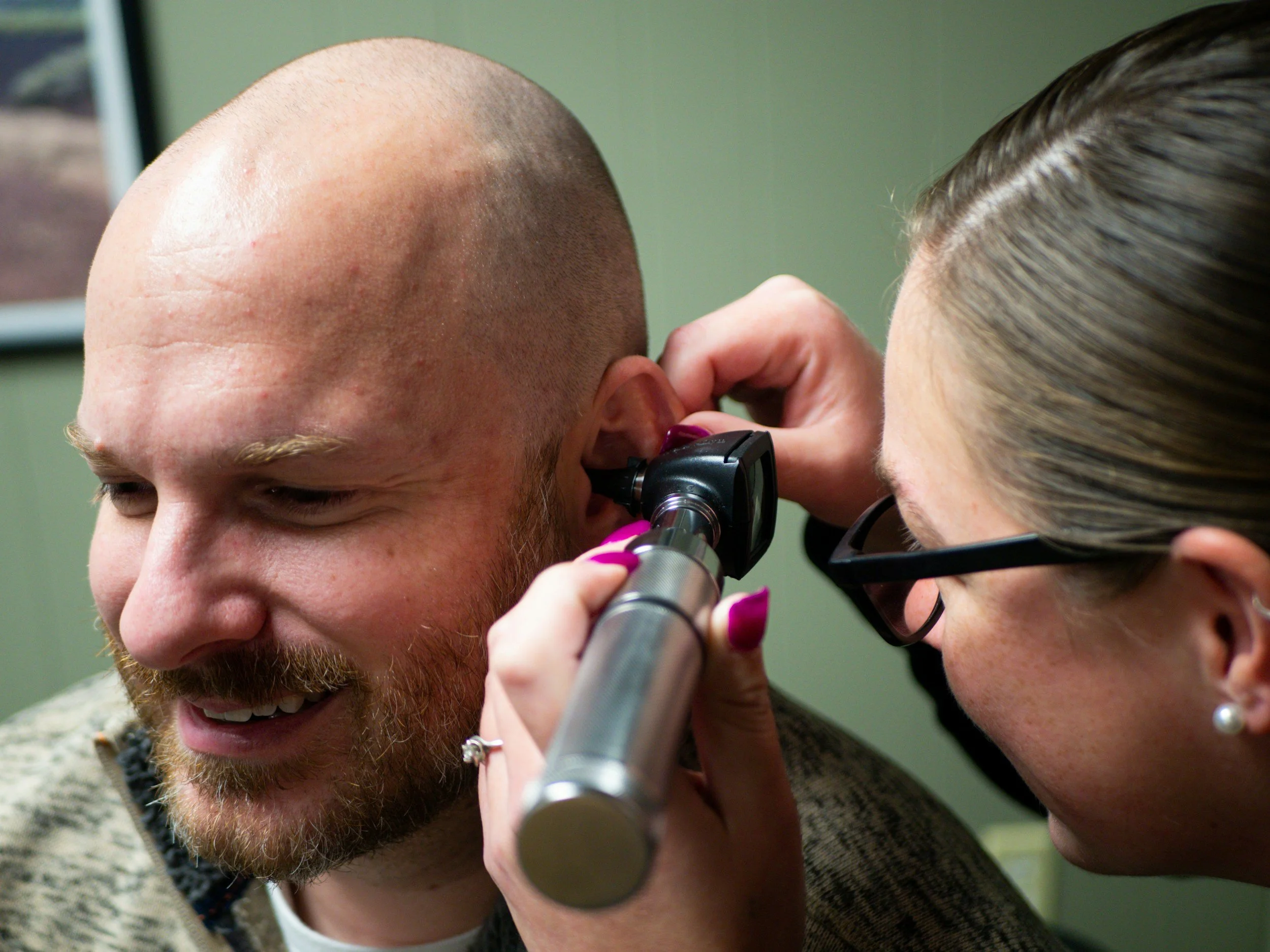
CURIOUS ABOUT YOUR HEARING?
A quick, easy way to check in on your hearing health.
Not sure how well you’re hearing these days? You don’t need to wait for a problem to get checked. A hearing screening is a fast, no-pressure way to find out where your hearing stands right now— whether you’re simply curious, want a baseline for future comparison, or just want to be proactive about your health.
HEARING SCREENINGS
WHAT IS A HEARING SCREENING
A hearing screening is a brief check (typically done in 15 minutes) that helps us determine whether your hearing is in normal limits, or whether a more complete evaluation is recommended. There’s no commitment to hearing aids or other solutions— just good information.
WHO SHOULD GET A HEARING SCREENING
Anyone over the age of 40
Just like vision or blood pressure, your hearing can change gradually over time. Getting baseline testing in your 40s means we’ll have something to compare to if changes happen down the line.
People who work or play in loud environments often
Regular screenings are especially important if you’re around high noise levels often— even if your not noticing hearing changes… yet.
People who have a family history of hearing differences
hearing loss has a strong genetic link. Should you have loved ones effected by hearing loss (especially later in life), it’s always good to get baseline testing for yourself before you start noticing any problems.
Is this the right appointment for me?

NO PRESSURE— JUST SUPPORT.
We’re here to give you the full picture, answer your questions, and help you stay connected to the people and experiences you care about most. Whether it’s your first time getting your hearing checked or you're following up on something you’ve noticed, we’ll make sure you feel informed, comfortable, and supported every step of the way.




